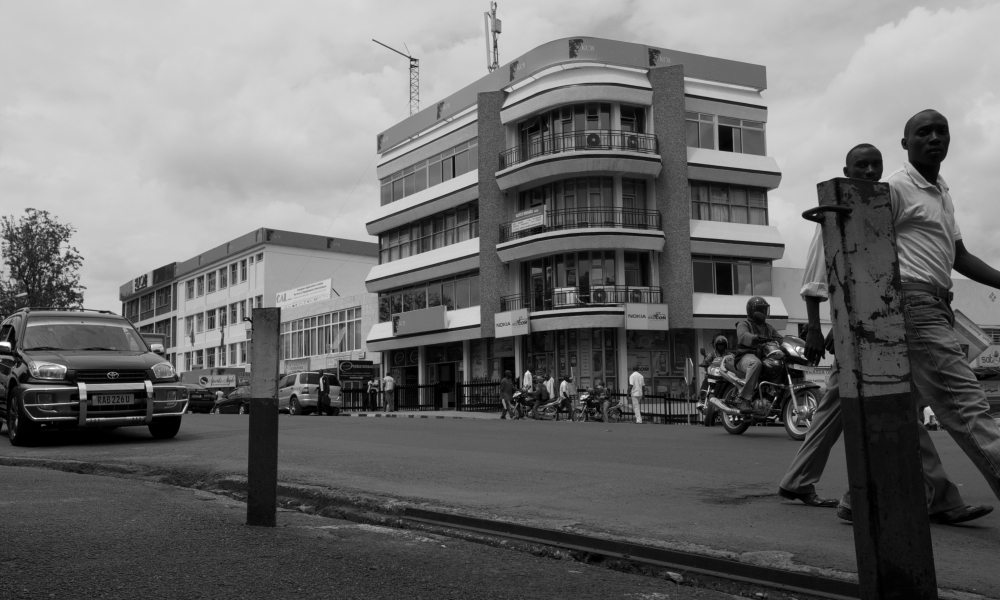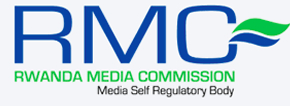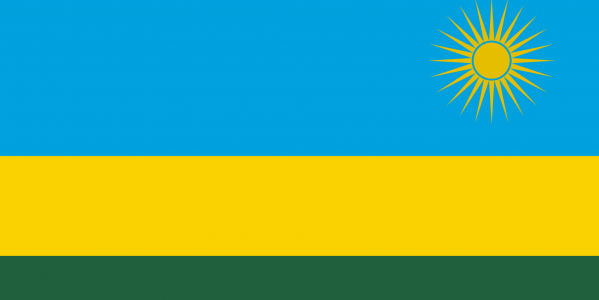A cursory look at the Constitution of the Republic of Rwanda paints the nation as one committed to free press. However, a more thorough read of Article 34, which states “freedom of the press and freedom of information are recognized and guaranteed by the State,” reveals vague limitations that can be broadly applied. The bold claim of “guaranteed” freedom of press is quickly contradicted by the allowance of restrictions, interferences and censorship — all at the government’s discretion of “good morals.”
Rwanda’s government defends their control over media as an anti-genocide measure. While this is mostly an excuse to stifle any opposition, media did exacerbate the 1994 Rwandan genocide. One popular radio station at the time, Radio Télévision Libre des Mille Collines (RTLM), frequently aired racist propaganda against Tutsis and called upon Hutus to commit acts of violence.
Radio Télévision Libre des Mille Collines

Many young Rwandans became drawn to RTLM because the station played contemporary music which state-owned stations refused to play. RTLM first went on air in July 1993 and was stopped the following July after the Rwanda Patriotic Front (RPF) gained control of the country and ended the genocide.
The station was owned by Hutu extremists and became gradually more violent as the genocide went on. The regions of Rwanda that saw the most genocide violence were those with the lowest literacy rates — areas where people exclusively got their news via radio. RTLM frequently reported on genocide updates which made it popular, yet did so alongside harmful propaganda. The station often referred to Tutsi people as “cockroaches,” which can be heard below.
Forms of Media
The reason RTLM had so much influence during the Rwandan genocide was its widespread accessibility. Radio is by far the most popular form of media in the nation. Even though RTLM stopped broadcasting after the genocide, Radio Rwanda, the station which allowed RTLM to transmit through its equipment, is still active and is the most popular source of news in the nation.
Radio Rwanda is run by state-owned Rwandan Broadcasting Agency (RBA), which also owns the most popular television company, Rwandan Television. Newspapers are few in number and are dangerous to operate. The most popular ones are Imvaho Nshya and Izuba rirashe, which need to be pro-government in order to avoid being shut down.
Freedom Rating
The Freedom House, an independent watchdog organization, analyzes and rates press freedom around the world. The organization gave Rwanda a score of 79 out of 100, with 0 being the most free and 100 being the least free. This rating was largely the result of state-controlled media and the dangers of pursuing honest journalism.
The Risks of Journalism

A Rwandan journalist, Robert Mugabe, gained attention in 2016 for a revealing expose of life as a journalist in Rwanda. Mugabe is one of the editors of Great Lakes Voice, which credits itself as being “uncensored news.”
He was drawn to write about his experience pursuing truth in Rwanda after three men attempted to kidnap him and successfully stole his cell phone. The attack happened while Mugabe was trying to enter a restaurant where he was meeting a source who was to give him confidential information.
His expose, which called out state-control of media, claimed that journalists need to be “‘in bed’ with the system” to thrive and that independent journalists are “ignored by everyone. The (monetary) taps are closed; you do not get any deals or temporary consultancies. You are more of a prodigal son; you either sell your soul or die in poverty.”
After releasing the article, Mugabe was interrogated by police every day for a week. No arrest occurred and Mugabe continues to fight for press freedom in Rwanda.
Access to Digital Content
Internet access is very limited in Rwanda; only 12.4 percent of the population has access to the internet, according to Live Internet Stats.
Cell phones are widespread in Rwanda and phone ownership has been steadily increasing over the past few years. According to Rwanda Utilities Regulatory Authority (RURA), 80 percent of Rwandans have cell phones as of December 2016. However, these phone are primarily used for texting and calls, not accessing internet content.
Future of Media in Rwanda

The Rwandan Media Commission (RMC) was created in 2013 in an attempt to stop government regulation of media and start self-regulation. While the organization attempts to make strides toward press freedom, they are often at odds with the government which restricts their progress. This new organization is mainly a way for the government to claim they are working for more press freedom, while still having control over all media. It is unclear if RMC will be able to fight against the government’s intimidation in the future.
Featured image is of Ernesto Ugeziwe, a Rwandan radio and television personality. Photo by Bryan Kimenyi.
